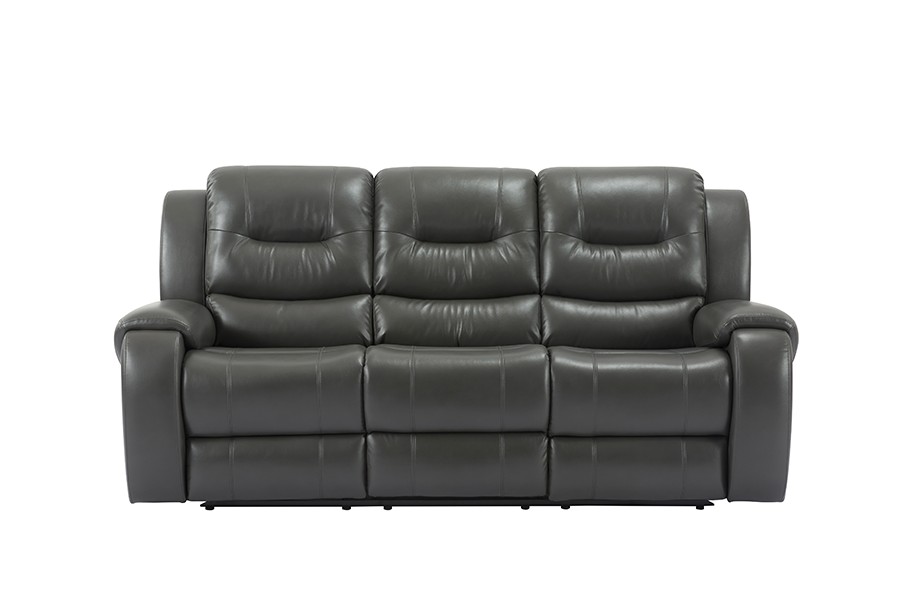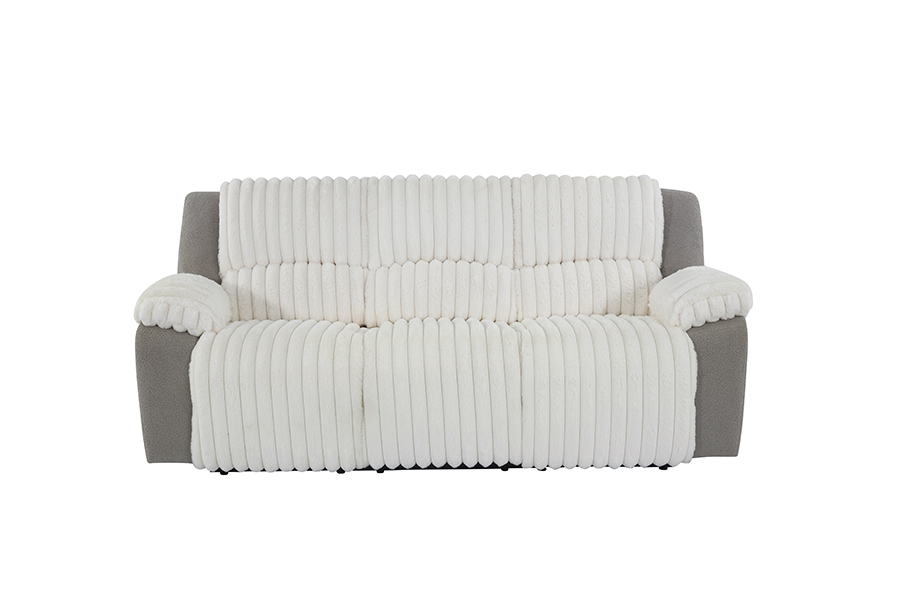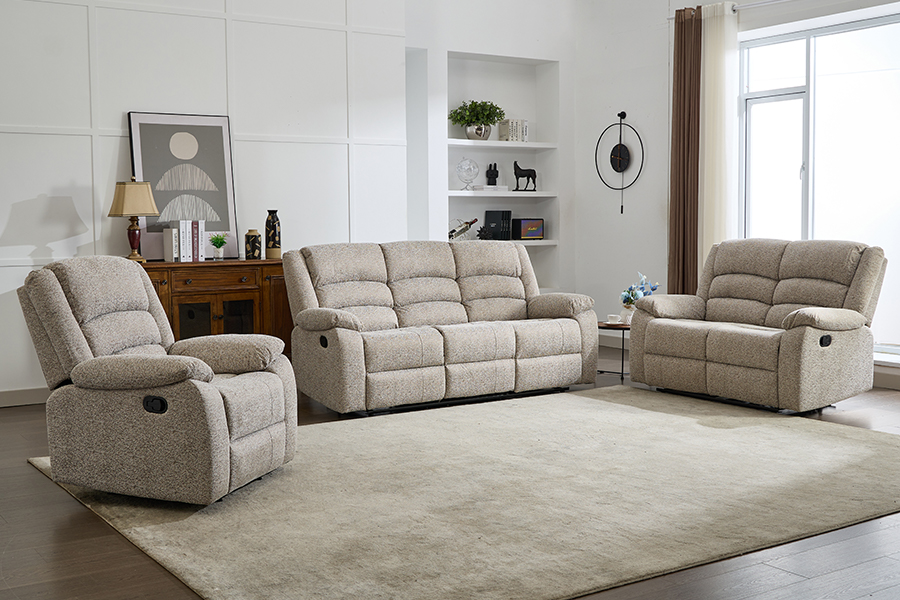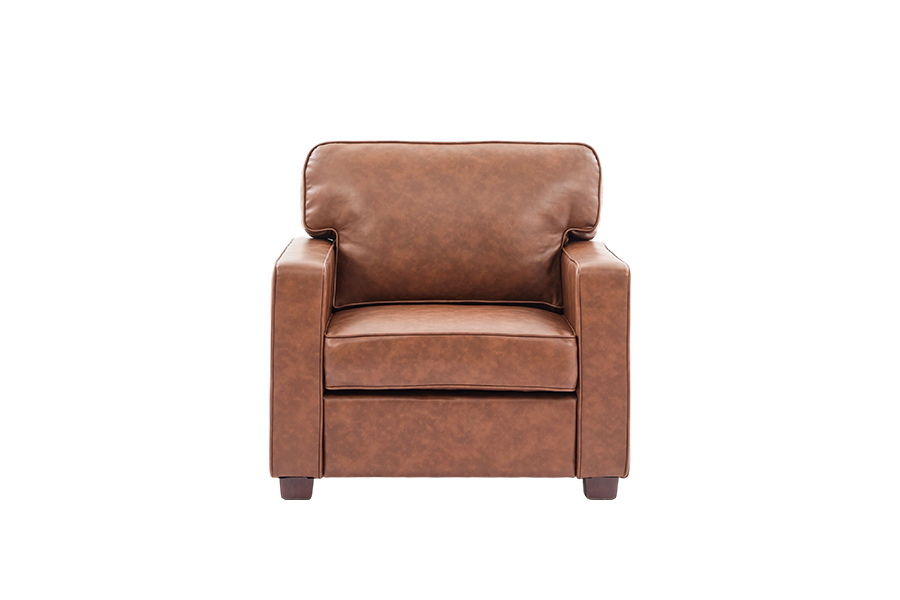Web Menu
Product Search
Exit Menu

What Makes a Sofa Comfortable and Durable?
Posted by Admin | 16 Oct
Introduction
A sofa is not just a piece of furniture; it is a central element in homes and offices, offering relaxation, comfort, and aesthetic appeal. While many factors contribute to the overall quality of a sofa, the choice of materials, especially sofa cushions, plays a decisive role in determining both comfort and durability. For sofa manufacturers, understanding the intricate balance between cushion design, support materials, and longevity is critical to producing high-quality products that meet consumer expectations.
The Role of Sofa Cushions in Comfort
Sofa cushions are the foundation of sofa comfort. They directly affect how users experience seating, relaxation, and support over time. The key aspects influencing comfort include:
Cushion Density
Cushion density determines the firmness of the sofa. High-density cushions provide better support, prevent sagging, and maintain their shape longer, while low-density cushions may feel soft initially but degrade faster.
Cushion Resilience
Resilience refers to how quickly the cushion returns to its original shape after use. High-resilience foam cushions are preferred for durability and consistent comfort.
Layering and Composition
Some sofa cushions combine multiple layers, such as memory foam, high-resilience foam, and fiberfill, to achieve optimal comfort and ergonomic support.
Common Types of Sofa Cushion Materials
| Cushion Material | Comfort Level | Durability | Typical Usage | Key Advantage |
|---|---|---|---|---|
| High-Resilience Foam | Medium-High | High | All-purpose | Long-lasting support |
| Memory Foam | High | Medium | Luxury sofas | Contours to body shape |
| Feather & Down Fill | Very High | Medium | Premium sofas | Soft and luxurious feel |
| Polyfiber / Polyester | Medium | Medium | Budget sofas | Lightweight and hypoallergenic |
For sofa manufacturers, selecting the right cushion material is crucial for balancing comfort and durability while also meeting market demands.
Cushion Construction Techniques
The construction of sofa cushions also significantly impacts sofa comfort. Two common techniques include:
Pocket Coil Cushions
These cushions integrate small individually wrapped springs inside foam layers, offering enhanced support, weight distribution, and longevity. They are especially suitable for larger sofas where even support is needed.
Layered Foam Cushions
Layering different types of foam allows manufacturers to create a balance between softness and support. For example, a top layer of memory foam over a high-resilience base can provide both comfort and structure.
Zoned Cushioning
Advanced sofas may use zoned cushioning, where different parts of the cushion have varying firmness levels to better support the body, enhancing overall sofa comfort.
Cushion Construction Comparison
| Construction Type | Support Quality | Comfort Level | Durability | Ideal Sofa Type |
|---|---|---|---|---|
| Pocket Coil Cushions | High | Medium-High | High | Family or living room |
| Layered Foam Cushions | Medium-High | High | Medium | Modern or luxury sofas |
| Zoned Cushioning | High | High | High | Ergonomic or designer |
The Impact of Cushion Design on Sofa Longevity
Durability is a key factor for any sofa. Poor cushion design can lead to early sagging, loss of comfort, and even structural issues in the sofa frame. Critical design considerations include:
Foam Density & Thickness: Thicker high-density foam cushions maintain shape longer.
Support Integration: Cushions paired with sturdy springs or reinforced webbing prolong lifespan.
Edge Support: Firm edges prevent deformation and ensure consistent comfort across the seat area.
Sofa manufacturers often test cushions for compression resistance and resilience to simulate long-term usage, ensuring that the sofa maintains both comfort and durability over time.
Maintenance Tips for Long-Lasting Sofa Comfort
Proper maintenance extends the life of sofa cushions and preserves sofa comfort. Recommended practices include:
Regular Fluffing: Fluff cushions weekly to redistribute filling evenly.
Rotation: Rotate removable cushions periodically to prevent uneven wear.
Cleaning: Follow manufacturer instructions for cleaning fabrics to prevent damage to cushion materials.
Avoid Direct Sunlight: Prolonged exposure can degrade foam and fabric, reducing durability.
Maintenance Recommendations
| Maintenance Task | Frequency | Purpose |
|---|---|---|
| Fluffing cushions | Weekly | Prevent uneven compression |
| Cushion rotation | Monthly | Maintain shape and comfort |
| Spot cleaning | As needed | Preserve fabric integrity |
| Sunlight protection | Continuous | Extend cushion and fabric life |
Ergonomics and Sofa Comfort
The ergonomic design of a sofa, combined with well-constructed cushions, directly affects comfort. Key elements include:
Seat Depth & Height: Cushions should provide proper hip and back support.
Lumbar Support: Some sofa cushions are designed with built-in lumbar support to reduce back strain.
Armrest Cushioning: Soft yet firm armrests enhance overall relaxation.
Ergonomic considerations in cushion design are increasingly important for sofa manufacturers targeting health-conscious consumers.
Innovations in Sofa Cushion Technology
Modern sofa manufacturers continue to innovate in cushion technology, offering:
Gel-Infused Foam: Reduces heat retention, improving comfort.
Eco-Friendly Materials: Recycled foams and sustainable fibers enhance durability while meeting environmental standards.
Smart Cushioning Systems: Sensors embedded in cushions can adjust firmness for optimal support and comfort.
These innovations not only improve sofa comfort but also increase the product’s perceived value and longevity.
Conclusion
Sofa cushions are the cornerstone of sofa comfort and durability. By carefully selecting materials, optimizing cushion construction, and ensuring proper maintenance, sofa manufacturers can produce sofas that meet the dual demands of comfort and long-term use. Understanding the science behind cushion design allows consumers to make informed decisions while encouraging manufacturers to innovate continually.
Related Products

 Floor 2 No.533 Shuangqiao Road, Dipu Street, Anji County, Huzhou City, Zhejiang Province, China.
Floor 2 No.533 Shuangqiao Road, Dipu Street, Anji County, Huzhou City, Zhejiang Province, China. Josie@boshenfurniture.com
Josie@boshenfurniture.com 0086-15105823033
0086-15105823033
Copyright © BOSHEN FURNITURE CO., LTD. All rights reserved.OEM/ODM Upholstered Seating Furniture Manufacturers
 English
English Español
Español





